Tag: methods

February 12, 2025
Culturally Modified Trees of the Interior, British Columbia
A Foreword For the Archaeologists who’ve found themselves interested in the niches of Ecology and Landscape-Use-Dynamics, we tend to recognize the landscape as a dynamic whole; a manuscript of activities, knowledge, and ideologies that human societies have crafted and applied to the environments in which they live. However, Professional Consulting Archaeologists in Cultural Resource Management
Keep Reading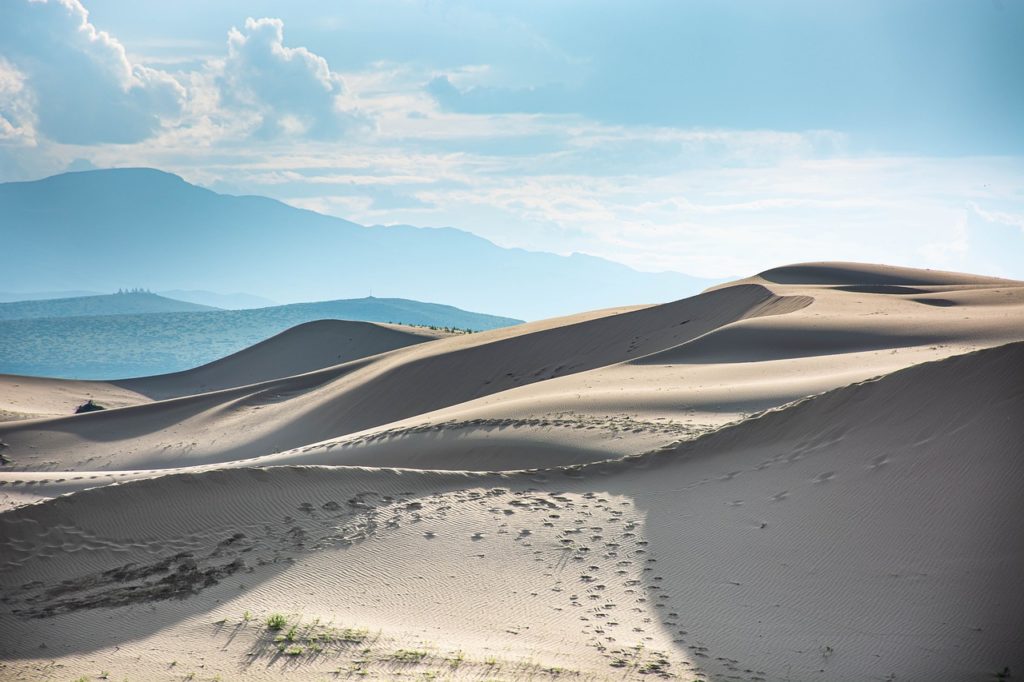
April 3, 2023
How are archaeological sites buried?
So much dirt! One of the most common questions we are asked is: “how are archaeological sites buried?” and “Where does all the dirt come from?” It doesn’t make sense for layers of dirt to be covering the world deeper and deeper over time, right? Well, that’s because it’s only part of the story. Did
Keep Reading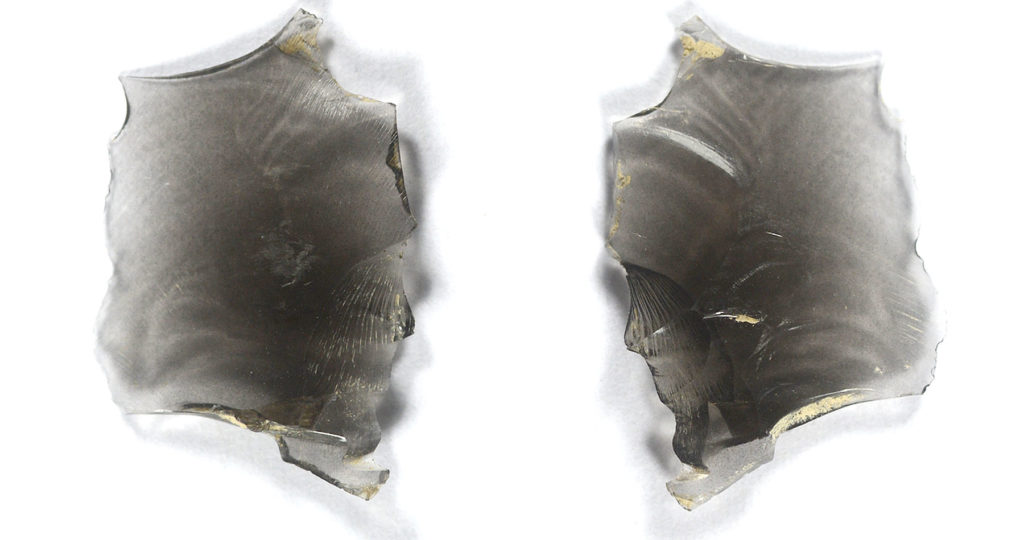
April 4, 2019
Where does the Obsidian we find come from?
Obsidian is a volcanic glass that was used by pre-European contact people all over North America. Known for its natural sharpness, ancient peoples sought the material for making tools for cutting and slicing. Additionally, it is easier to flintknap than the harder and more readily available materials local to Alberta. As many of our readers
Keep Reading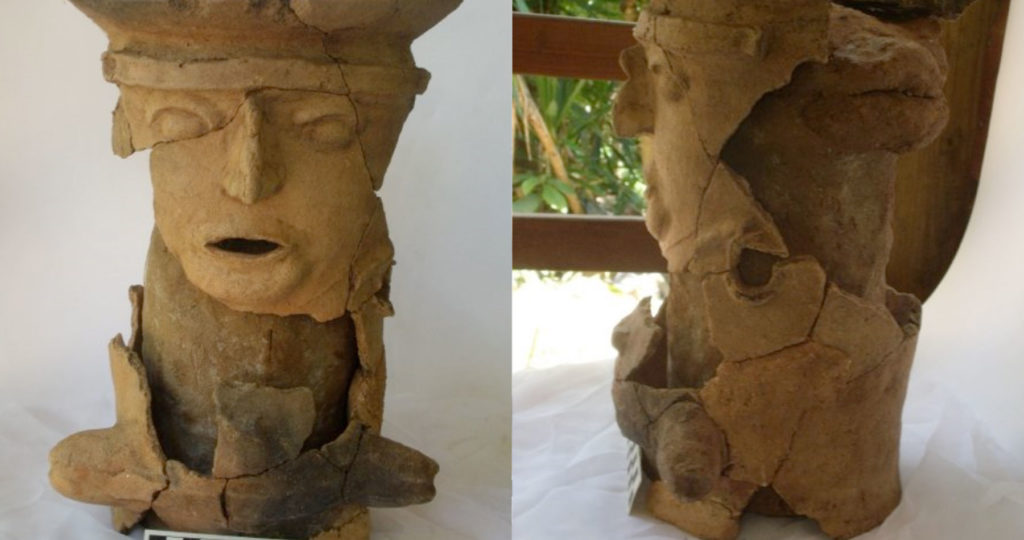
December 18, 2017
Field School in Belize – Trent University
One of the most common questions that I get asked is what is the coolest thing I have ever found. My default answer is this censer fragment that my excavation team unearthed back in 2009 as part of the Trent University field school in Belize, at the Minanha site. My team was working on the excavation
Keep Reading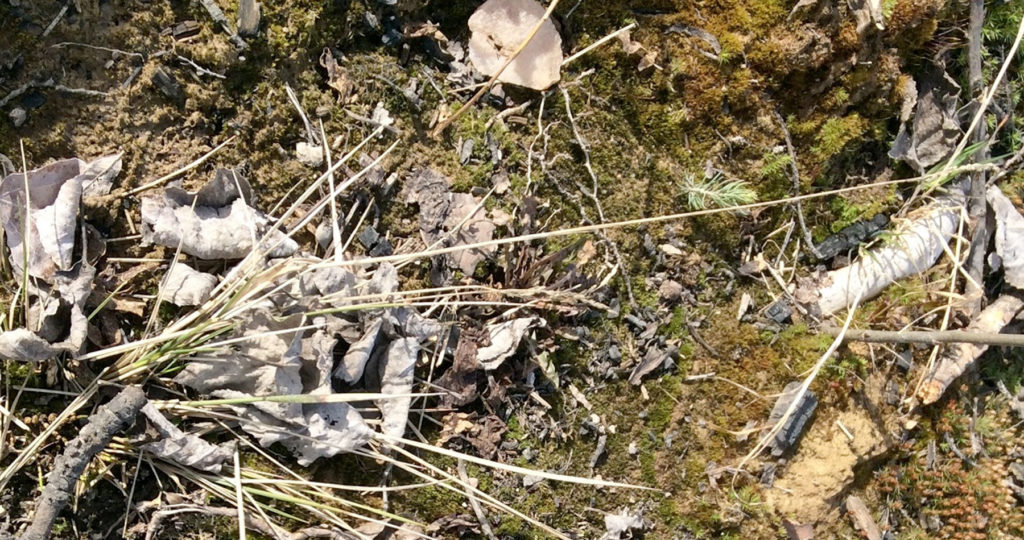
December 11, 2017
Find the Flake (Part 2!)
While we always prefer to survey areas prior to any impacts, the identification of artifacts in post-impact contexts can be easier because of large areas of exposed sediments. Instead of targeted shovel tests that excavate a very small percentage of a high potential area, we can potentially see everything that is under the ground. However,
Keep Reading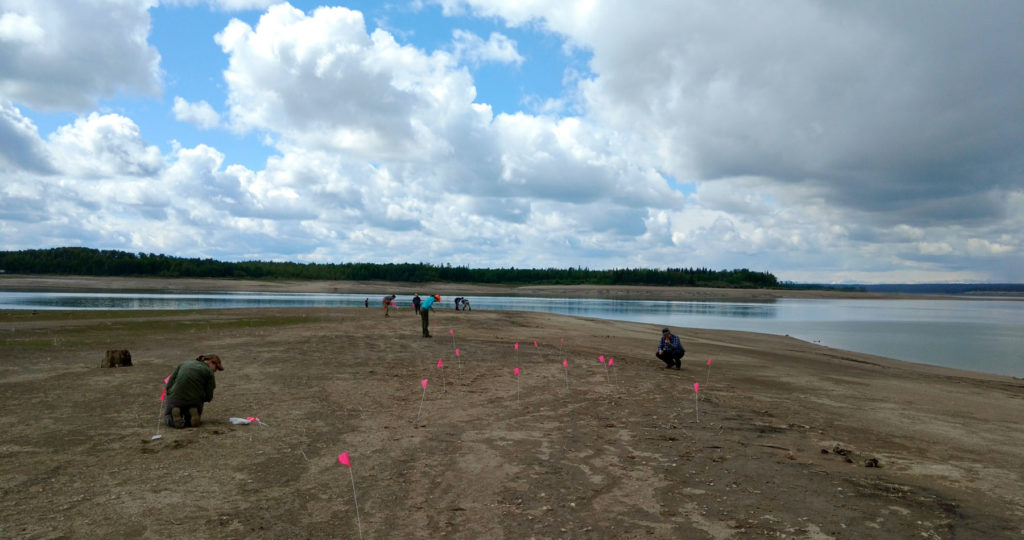
December 4, 2017
Public Archaeology at the Brazeau Reservoir
Public archaeological programs are an excellent opportunity for people with a general interest in archaeology or amateur archaeologists to learn what an artifact is, and to practice the techniques that are used to find and interpret them. Often these programs will have a dig component, where people join for a few days or a week,
Keep Reading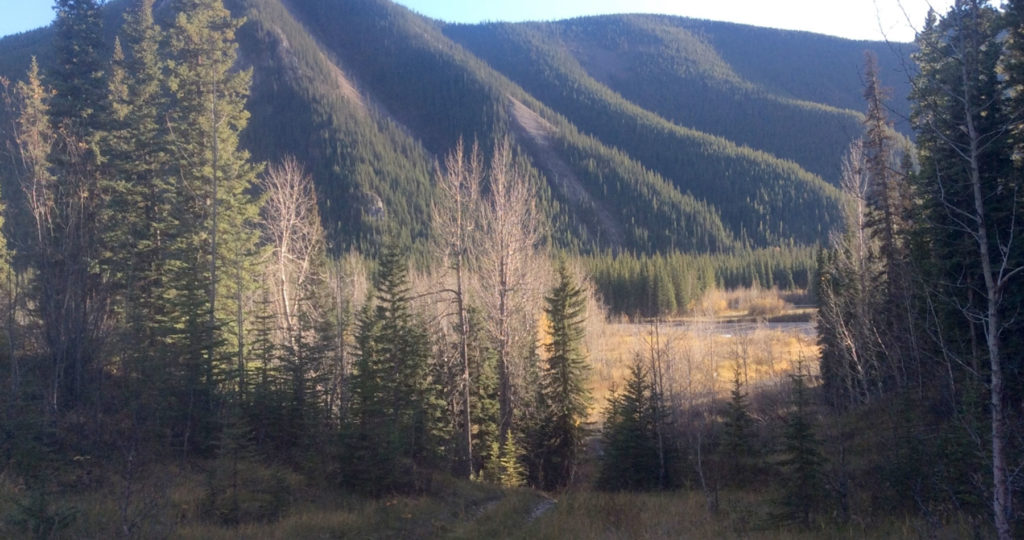
November 27, 2017
The View From Out Here
We took this photo in the fall of 2016 while completing fieldwork for Sundre Forest Products’. It’s of the Clearwater River valley as seen from a site we found that year. The site was easily identified because artifacts were eroding out of the steep valley wall and the ATV trails that cross the landscape. From
Keep Reading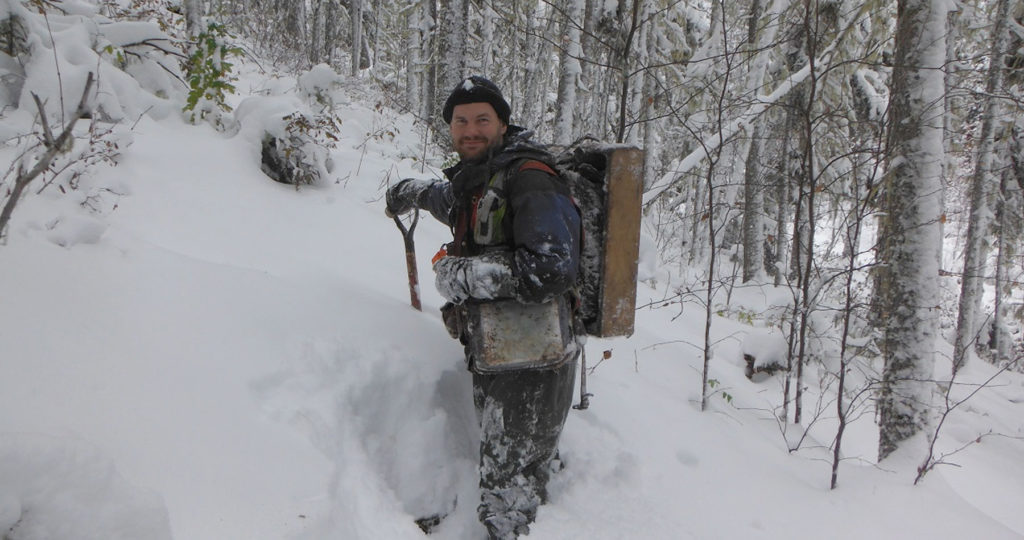
November 20, 2017
Working in the Winter
Specializing in forestry archaeology in Alberta, I haven’t had much opportunity to work in winter conditions. One of the nice things about forestry is its relatively long planning horizon and the flexibility to schedule our work. Unfortunately, in fall 2012, a variety of factors conspired to push some of our fieldwork into late October, and
Keep Reading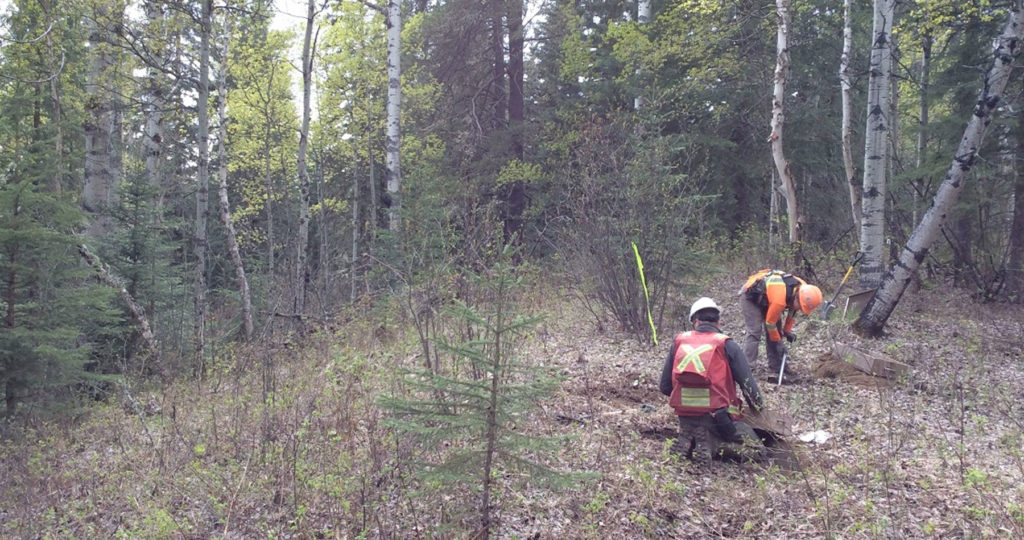
October 23, 2017
Why do HRIAs (Historic Resource Impact Assessments)?
“Archaeological heritage is an essential element in the affirmation of our Canadian identity and a source of inspiration and knowledge. It is the policy of the Government of Canada to protect and manage this heritage.1” This sentiment is echoed through all levels of government and most provinces2, territories, and municipalities have either a piece of
Keep Reading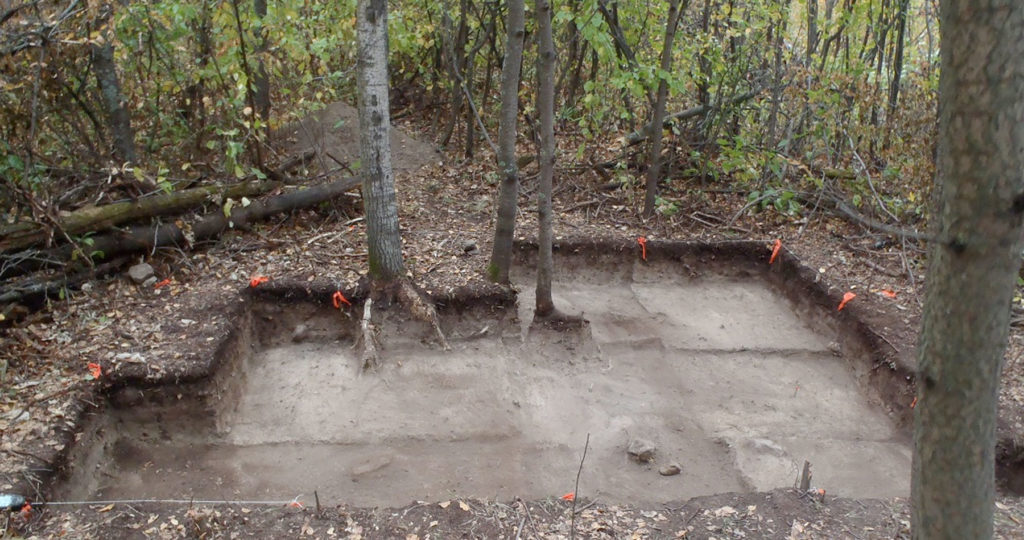
October 9, 2017
What is Mitigative Excavation?
Mitigative excavation is the process of digging an archaeological site that is threatened either by development or natural erosion. Mitigative excavations have different goals than academic excavations. The goal of mitigative excavations is is to save as much information about the site before it is destroyed, whereas in academic digs the goal is to answer
Keep Reading